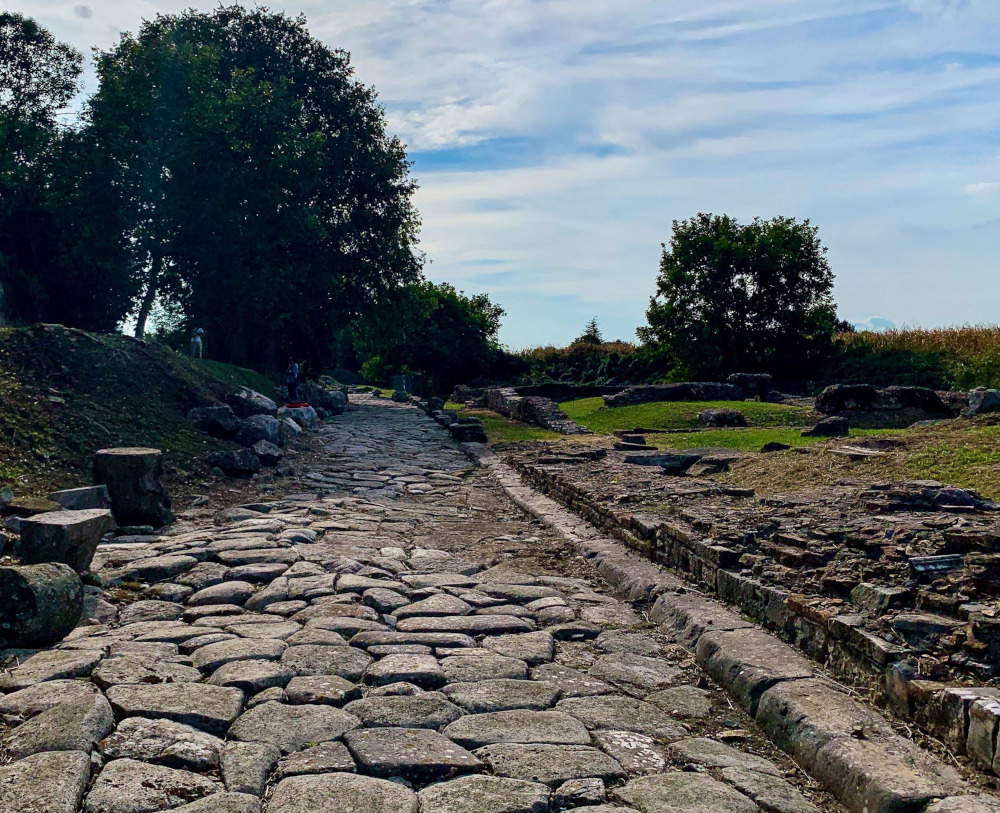Starting March 1, the Aquileia Foundation is opening the decumanus area of Aratria Galla to the public every day. This is theancient stretch of Roman road, visible from Via Julia Augusta, which connected in an east-west direction the river port with the forum and theater area and overlooked by the civil basilica. The name is due to twin inscriptions, referred by some scholars to this street, which indicate the paving as an act of munificence by a woman, Aratria Galla, hence the name conventionally assigned to the decumanus.
The paving, still intact, was made of trachyte, a volcanic rock from the Euganean Hills.
In the late 1960s and early 1970s the decumanus was the subject of excavations by the Superintendence, thanks to which the remains of the Decumanus, the remains of the civil basilica, a defense wall (antemurale) and buildings from the late antique-medieval period came to light.
The area was acquired by the Aquileia Foundation in 2019, and the remains were given to it by the Archaeology Department through the Soprintendenza Archeologia Belle Arti e Paesaggio del Friuli Venezia-Giulia. The Foundation has carried out an initial enhancement work with the installation of access walkways, fencing and lighting of the area. The overall restoration project and visitor route that will further expand westward the area open to the public is currently being developed.
The archaeological area is open daily from 9 a.m. to 6 p.m. in March and from April to September from 9 a.m. to 7 p.m.
 |
| Aquileia, decumanus area of Aratria Galla accessible to the public |
Warning: the translation into English of the original Italian article was created using automatic tools. We undertake to review all articles, but we do not guarantee the total absence of inaccuracies in the translation due to the program. You can find the original by clicking on the ITA button. If you find any mistake,please contact us.